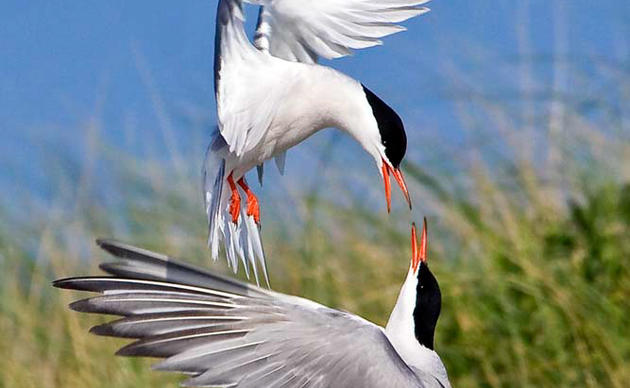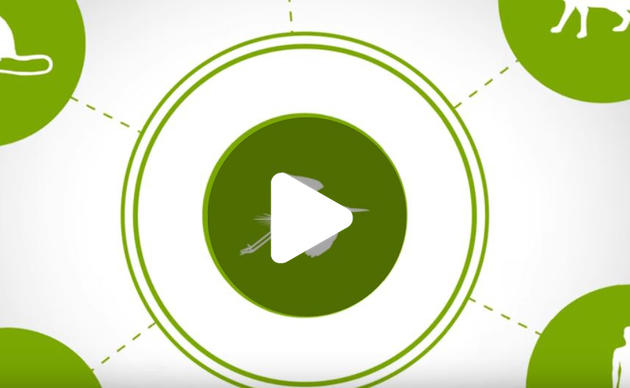Ten years ago, the Agassiz Valley Impoundment, near Warren, MN, had very little hybrid cattail and provided a unique area in an agricultural matrix that attracted birds and wildlife. Over the past decade, the hybrid cattail continued to expand further into impoundment choking shallow areas of open water and mixed vegetation limiting its value to waterbirds.
Audubon has been working to develop a management regime for non-native invasive hybrid cattail in the Agassiz Valley Impoundment for the last several years to improve its value to waterbirds and promote native vegetation. This effort has been a collaboration between Audubon and the Middle-Snake-Tamarac Rivers Watershed District. Audubon provided project management, funding for management actions, and bird surveyors while the Watershed District provided maintenance to the Impoundment and staff time to monitor and adjust water levels.
Throughout the project, bird surveyors were able to document several firsts for the impoundment as habitat transitioned. One exciting discovery was that black terns were utilizing the impoundment for nesting and raising their young. Last year several pairs of red-necked grebes, a Species of Greatest Conservation Need in Minnesota, successfully raised chicks at the impoundment.
Currently, bird surveys are underway for a fourth and final year and a second unmanned aerial vehicle (UAV) will be flown over the Impoundment in late June. The imagery from the UAV flight will help us assess the change in invasive cattail cover from our management actions. With continued water level management by the Watershed District, this refuge for birds and wildlife can continue to provide high quality habitat for years to come.
If you find yourself in northwestern Minnesota. come visit the Agassiz Valley Impoundment for some excellent bird watching!
Funding for this project was provided by the Environment and Natural Resources Trust Fund (Trust Fund) and the Legislative-Citizen Commission on Minnesota Resources (LCCMR).
How you can help, right now
Donate to Audubon
Help secure the future for birds at risk from climate change, habitat loss and other threats. Your support will power our science, education, advocacy and on-the-ground conservation efforts.
YOU can be a community scientist!
You can volunteer with Audubon Minnesota and help support birds.




